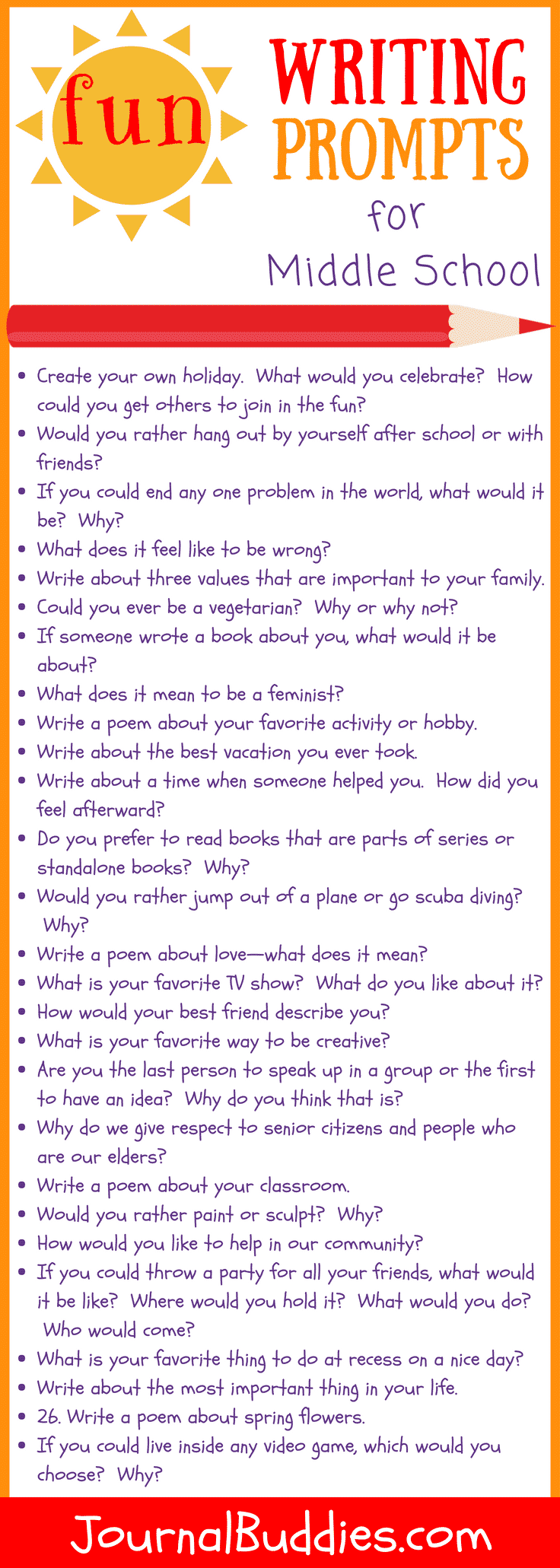AGENDA:
1. Welcome to Creative Writing 7
My name is Ms. Gamzon. I look forward to teaching you this marking period
(although it will be new and a little different for all of us)! We will get through it,
and I hope you will enjoy CW7 and have a chance to explore different kinds of writing.
A lot of the assignments will ask you to express your creativity and imagination.
That can be very exciting!
(although it will be new and a little different for all of us)! We will get through it,
and I hope you will enjoy CW7 and have a chance to explore different kinds of writing.
A lot of the assignments will ask you to express your creativity and imagination.
That can be very exciting!
2. Attendance--Let's create a Jamboard!
Go to the Google cube. Scroll down and find Jamboard.
Create a Jambord of words, images, etc. to introduce yourself.
3. Introductions
4. Go to the Class BLOG:
CW7sota.blogspot.com
Click on the star up at top to bookmark it and find the page
whenever you need it.
Click on the star up at top to bookmark it and find the page
whenever you need it.
Here you will find some new assignments (and can check out
assignments from previous marking periods if you are curious).
Here you will be able to post your assignments and receive credit for them.
6. Please show the attached course criteria sheet to your parent/guardian
and ask them to send me an email where I can reach them.
and ask them to send me an email where I can reach them.
7. As we begin to create writing and you submit work on Google Classroom, please use the following heading in the upper left corner on a Google Doc:
Use Times New Roman font--12 pt. (You can zoom in on your doc while writing it if it is hard to see, but 12pt. font is the standard for writing assignments.
USE MLA (Modern Language Association) HEADING for all Docs. This is the SOTA standard:
Your name
Teacher name (Ms. Gamzon)
CW7
Date/Assignment:
Some shortcuts for writing:
Crtl A--select all
Ctrl C--cut
Ctrl V--paste
Ctrl P--print
I've attached the course criteria sheet that I usually give out on Day 1. Again, please share it with your parent or guardian. Please be sure to check the blog (cw7sota.blogspot.com) and sign in to Google Classroom.
THANKS! Looking forward to getting to know you at a distance (and hopefully in person eventually).

